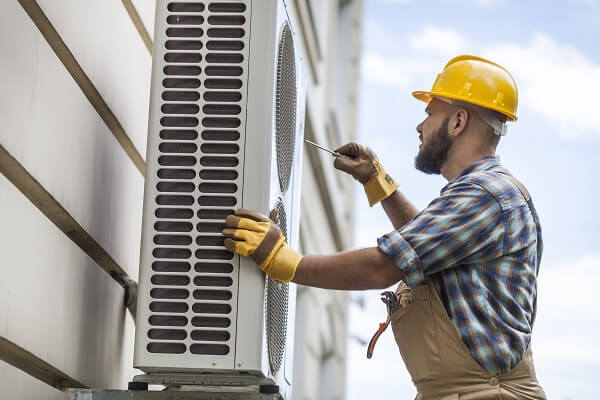HVAC is a common term most people use. However, what does HVAC mean, and how does it apply to residential and commercial buildings? This article covers some of the important facts you need to know about HVAC.
What is HVAC?
HVAC is an acronym for heating, ventilation, and air conditioning. It describes the various systems used for transferring air between indoor and outdoor areas, as well as heating and cooling residential and commercial buildings. Installing this system in buildings will keep occupants warm and comfortable during winter and cool during summer. They also filter and purify indoor air and keep humidity levels at optimal comfort.
How does HVAC work?
Although heating, ventilation, and cooling are all combined in one acronym, these terms correlate but depend on different systems and principles to perform their functions. Now, the function of the HVAC system goes beyond simply warming or cooling the room. It also helps improve the air quality and ensure maximum comfort for all the occupants of the building. Although different types of HVAC systems exist, they all follow the same basics.
First, the fresh air intake comes from a source located outside or inside the home. The process is known as ventilation and takes two different forms. Most homes have natural ventilation – how air usually moves in and out via the doors, vents, windows, or other openings. The air exchange is important to restore oxygen and eliminate odors, excessive moisture, and carbon dioxide.
Mechanical ventilation adopts a mechanical system for ventilation. Old buildings were constructed with plenty of natural ventilation from the spaces and cracks in the building, as well as the opening and closing of doors. Newer buildings are now more tightly sealed, which means ventilation is fast becoming a crucial part of home HVAC systems.
After moving the air in, it is transferred to the air processing unit. At this unit, the air goes through the filters to remove dust, allergens, dirt, and other particles. Afterward, the air is moved to the heating or cooling unit, and any excess humidity is removed. After the air is clean, fresh, and at the preferred temperature, it is transferred into the house. In central systems, the air is moved through a grid of ducts and registers to different rooms. In other systems, this often means sending the air straight into space.
Different parts of the HVAC system
Furnace: Often the largest unit in the HVAC system, the furnace utilizes the most energy. The furnace moves air from the heat exchanger via the air ducts into the room. It uses a heat exchanger to heat up the air transferred from the combustion chamber.
Air conditioner: This works by passing air over tubes filled with refrigerants and forcing it into the room through ductwork.
Ductwork and vents: The ductwork moves air from the heating or cooling system into the building. The movement is bidirectional since air must move back and forth for optimal function.
Final note
By now, you should be more knowledgeable about the HVAC system and how it works. This will help you whenever you need to make decisions regarding the heating, cooling, and comfort needs of your home.
Request an appointment here: https://www.bevillstexas.com or call Bevills Plumbing, Heating & Air Conditioning at (325) 225-4115 for an appointment in our Abilene office.

